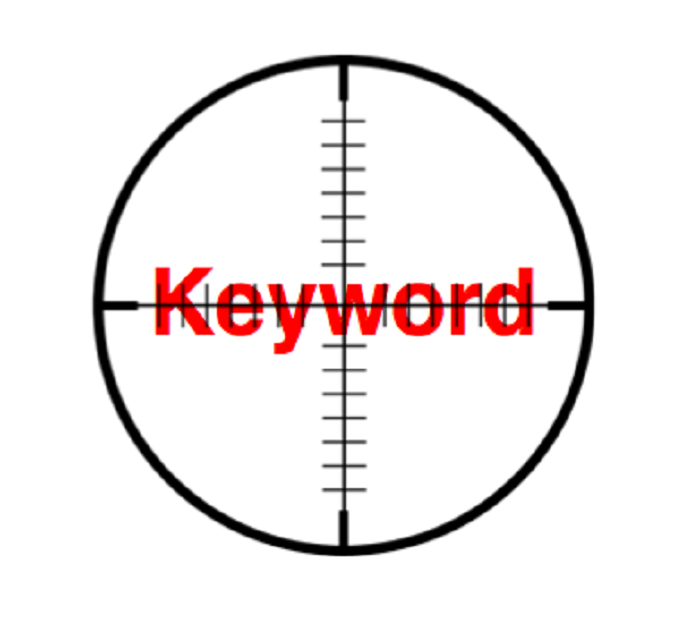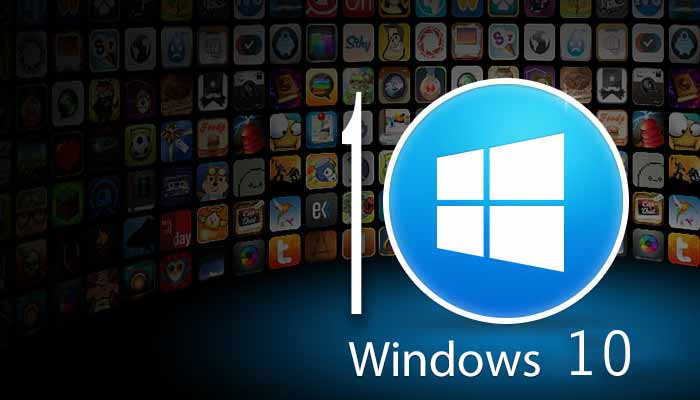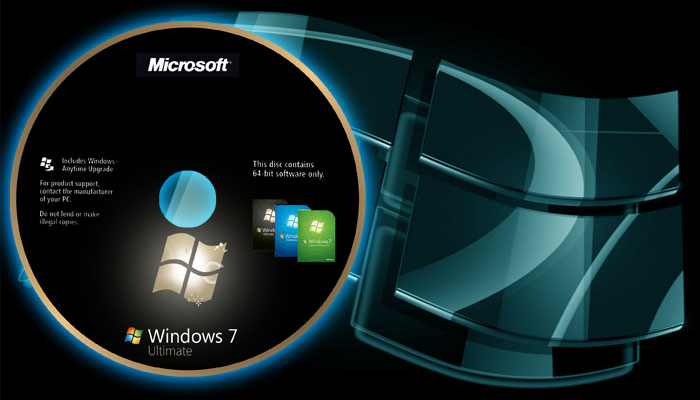Everything you need to know about SQL – in simple terms!
SQL is an acronym that you’ll find thrown about any digital or tech agency and can be a topic of some difficulty – especially for people who aren’t exactly tech-savvy. Sadly, for those who operate a website on larger scale – especially those centered on e-commerce – then SQL may be the saving grace your growing website needs to remain fluidly operational.
Here we’ll provide you with an overall view of SQL, how it can help your business and the contingencies in place if things go wrong. We’ll try to keep the technical language down to a minimum!
Before we start – what is a database?
Before diving into the wide world of SQL, we need to know what a database is.
The dictionary defines a database as ‘a structured set of data held in a computer, especially one that is accessible in various ways’. Essentially, it’s a place where you can easily access and change datasets, providing you information on your customers – or staff – quickly and efficiently.
Imagine having a library of books, but instead of the titles being unique you simply name them Book 1, Book 2, Book 3, etc. Now, nobody would ever do that because as your library grows, it becomes more and more difficult to find that favourite novel of yours. Was it Book 77? Could it be Book 4532? This becomes a very inefficient system – one that’s going to cost time and money when applied to the data your business stores.
SQL is a language developed by various tech giants to allow your computer to read and categorize the information held on your website. It’s read and manipulated by specialized tools such as MySQL – one of the most advanced data management tools on the market. SQL allows your blog to categorize posts; to organize your galleries – it’s an absolute necessity nowadays for big business.
Sure – but what’s MySQL?
You know how there are three main varieties of GUI (graphical user interface) for computers – Windows, MacOS and Linux. Well, MySQL is one of the leading programs that can read SQL. Here you’ll be able to visualize all the data you hold on your customers or clients. It’s a freely available RDBMS (Relational Database Management System), which sounds a lot more complicated than it truly is. It just means it’ll split your information into tables, fields, rows and columns, as opposed to just lumping a load of information on the screen. Basically, it’s a clean-cut version of Excel, where you don’t have to create the tables yourself.
But is MySQL secure?
Of course, like many programs, MySQL has the potential to corrupt information held on any of your systems. Fortunately, SQL database restoration is widely available with a number of specialist tools, and so, if you’re concerned about whether SQL is safe, you shouldn’t be. Most programs are built with a contingency in mind, and MySQL is no different.
SQL is essentially an advanced database language which is interpreted with programs such as MySQL. If you’re looking for a way to categorize and demonstrate information quickly and simply, you’ll be one step closer to doing so.










